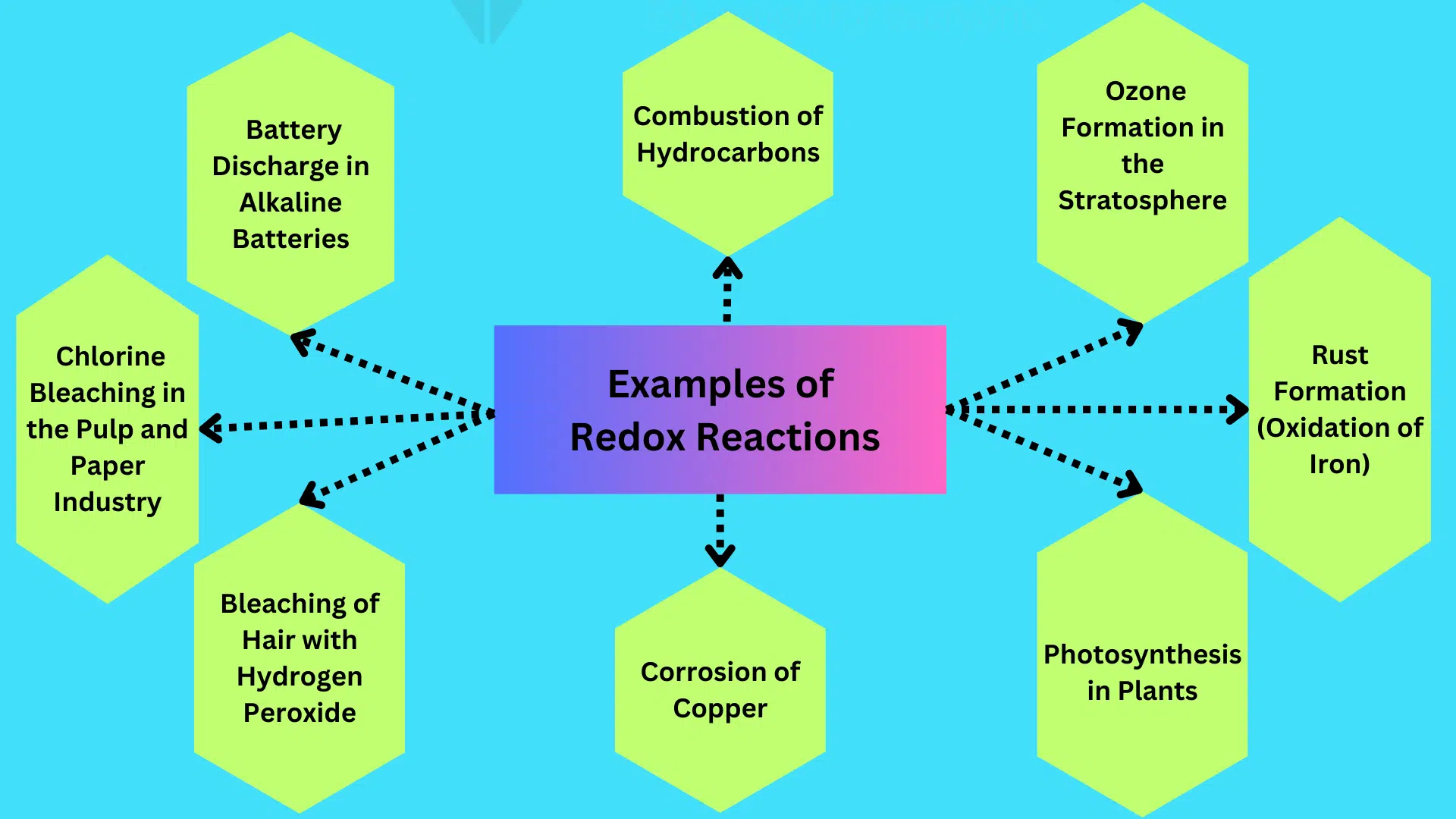15 Examples of Solutes
A solute is what you mix into a liquid to make a solution. Salt in water is a solute example. Sugar in tea is another example of a solute. These are common solute examples in everyday life. Other examples of solutes are carbon dioxide in soda, ethanol in drinks, and ammonia in cleaners. These show the solute meaning clearly. A solute always mixes with a solvent. These examples of a solute help us understand what is a solute. You can find examples of solute in cooking, cleaning, and drinking. These are simple examples of solute and solvent.
Examples of Solutes
Here are 15 Examples of Solutes in everyday life:
1. Salt (Sodium Chloride) – Common Table Salt
Salt, or sodium chloride, is very common example of solutes. It dissolves easily in water and other solvents. In everyday life, salt is used not only as a seasoning but also in various industrial processes.
2. Sugar (Sucrose)
Sugar, or sucrose, is a familiar solute example used to sweeten beverages and food. It dissolves readily in water, making it a common ingredient in cooking and baking. The solubility of sugar allows for the creation of syrups and sweet solutions. The solubility of sugar supports many examples of solute and solvent in the kitchen.
3. Oxygen (O2)
Oxygen is a key example of solute in aquatic environments. It dissolves in water, facilitating its availability to aquatic organisms. The dissolved oxygen content is vital for the health of aquatic ecosystems. Such examples of solutes are crucial in environmental and biological systems.
4. Carbon Dioxide (CO2)
Carbon dioxide is a solute example in fizzy drinks. It dissolves in liquids to create carbonation. This is one of the many examples of solute relevant to both food and plant biology.
5. Hydrochloric Acid (HCl)
Hydrochloric acid is a strong acidic solute that readily dissolves in water. It is employed in laboratories, industrial processes, and even in the stomach as part of gastric acid, aiding in digestion.
6. Alcohol (Ethanol)
Alcohol, particularly ethanol, acts both as a solvent and a solute. It dissolves in water, forming alcoholic beverages. Additionally, it is used as a solvent in various industries.
7. Ammonia (NH3)
Ammonia is a solute commonly found in household cleaning products. It dissolves in water, forming a solution used for cleaning surfaces and removing stains.
8. Potassium Nitrate (KNO3)
Potassium nitrate is a solute used in fertilizers. It dissolves in water, providing essential nutrients to plants. This solute is crucial for agricultural practices.
9. Acetic Acid (CH3COOH)
Acetic acid, the main component of vinegar, is a solute that imparts a sour taste. It readily dissolves in water and is used in culinary applications, pickling, and as a cleaning agent.
10. Iodine (I2)
Iodine is a solute used in water disinfection and as a laboratory reagent. It dissolves in water to form solutions employed in various applications, from medical treatments to chemical analyses.
11. Glucose
Glucose is a solute crucial for cellular energy production. It dissolves in bodily fluids and is transported in the bloodstream, providing an essential energy source for cells.
12. Calcium Carbonate (CaCO3)
Calcium carbonate is a solute found in hard water. It dissolves in water, contributing to water hardness and influencing various industrial processes and household activities.
13. Nitric Acid (HNO3)
Nitric acid is an industrial solute with diverse applications. It readily dissolves in water and is used in the production of fertilizers, explosives, and various chemicals.
14. Urea – Nitrogenous Waste Product
Urea is metabolic solute example. Urea is a solute produced in the liver as a byproduct of protein metabolism. It dissolves in water and is excreted in urine, serving as a key component of the body’s waste elimination process.
15. Methane (CH4)
Methane is a solute found in natural gas. While it is often in a gaseous state, it can dissolve in water under certain conditions. Methane’s solubility in water is relevant in environmental studies, particularly in aquatic ecosystems.




Leave a Reply